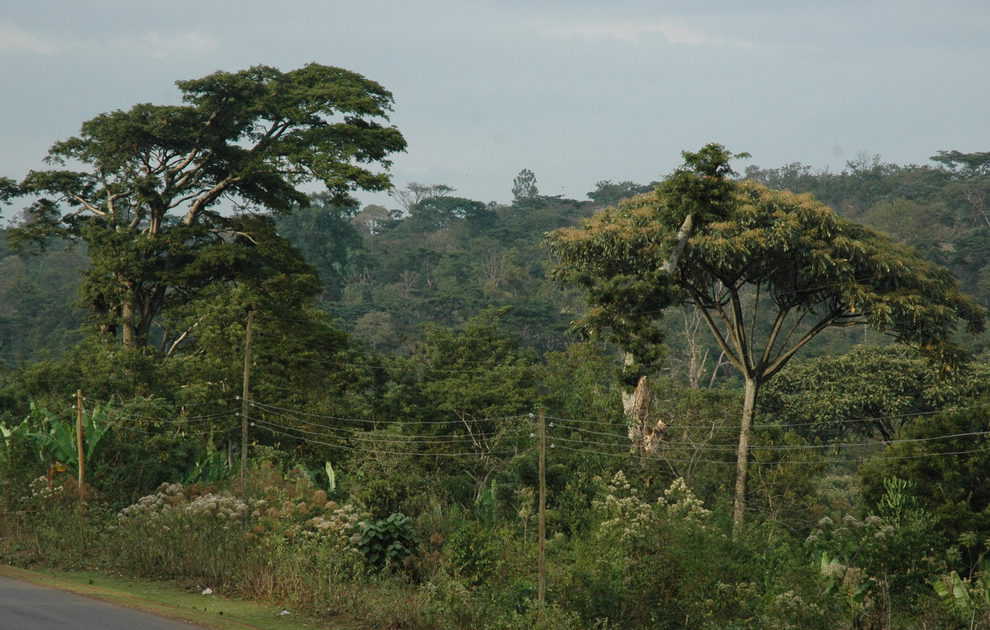
The Gedeo’s sacred forests are conserved for ritual purposes,’ said Yoseph Maru, first author of the study and a PhD candidate, ‘accompanied by a system of taboos, resulting in the sacred forests having higher tree diversity and better preservation than adjacent, non-sacred, farming habitats.’ The sacred forests are havens for critically threatened plants or trees not found in the adjacent lands, such as ‘gudubo’ (Aningeria adolfi-friedeicii), Podocarpus falcatus, Cordia africana, African cherry (Prunus africanum), Elgon teak (Olea welwitschii), and water berry (Syzygium guineense).
The Gedeo’s taboos include restrictions on the cutting of trees, killing of birds and injuring nature carelessly. These cultural practices and prohibition mechanisms have informally enhanced ecosystem conservation and protection.
However, religious monotheism, changes in social norms, erosion in ancestral beliefs and lack of documentation of the community’s indigenous knowledge are contributing to the degradation and erosion of environmental protection. The introduction of Western religion has eroded the cultural values of the Gedeo, weakening the value and respect given to beliefs, rituals, taboos and environmental ethics. Leaders of the Western religion — a form of Christian Protestantism — decreed that cultural beliefs and rituals were evil, ‘satanic’, forbidding attendance at rituals and entering sacred sites and dispensing with the rules regarding protection of the environment.



